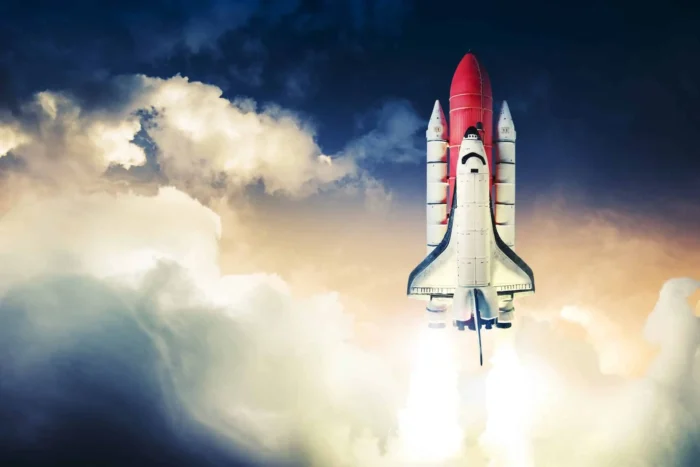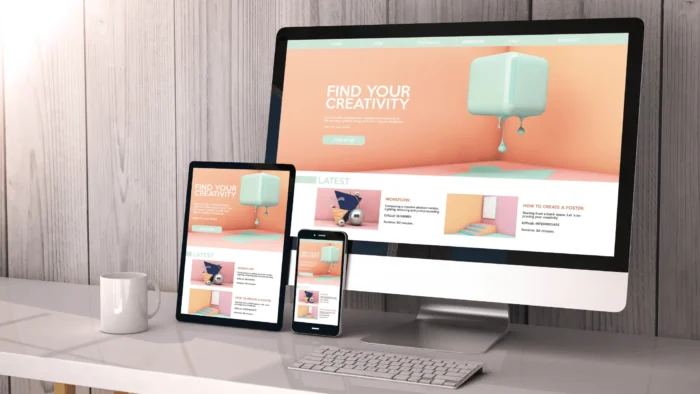10 Reasons Favicons Deliver Results
What is a Favicon?
Do you see that little icon to the left of your URL bar in your web browser? What you’re looking at is a favicon. Favicon.com says, “a favicon is a multi-resolution image included on nearly all professionally developed sites. The Favicon allows the webmaster to further promote their site, and to create a more customized appearance within a visitor’s browser .” I say it’s a really nifty way to make your site more memorable and interesting and it only takes about 5 minutes to create.
Where did they come from?
The word ‘favicon’ is simply short for ‘favorites icon’. They were introduced in 1993 with Internet Explorer 5. Webmasters would place a tiny 16×16 pixel image (or icon) in the root folder of their website. The idea was to attach a personalized icon next to each bookmark in a persons favorites folder.
Why do I need it?
First, favicons are not critical. However, most professional websites usually have them so having one will not only put your site alongside the pros but also help distinguish you from the rest. If you don’t believe me peruse the list of reasons below and if you’re still convinced I’ll give you a quick “how to” at the bottom.
#1. Be Different
Based on a ridiculous study of more than 83 million websites only about 3% of websites are using a favicon they have created. Many sites have them but their generally automatically generated by the web host. Set yourself apart and be a little different.
#2. Brand Awareness
You’ve probably heard the idea of brand awareness. The idea is to get your brand/identity/logo in front of your potential customers as much as possible. Your logo and the small favicon will help create a visual representation to your website visitors. Since your logo is obviously too large to fit everywhere, the favicon is the next best thing for those small places.
#3. God is in the Details
People notice small changes. When Google changed their favicon the web was in an uproar. If you ask any professional they will tell you the difference from an amateur to a professional is attention to detail. Why not take the time to check this small design touch one off your list?
#4. Bookmarks
Coming in at #4 is the whole reason favicons were created, which was to give a visual representation to your bookmark. It’s simply a good way to give a visual reminder to your users that bookmark your website. Typically, most bookmarks folders are so crammed with bookmarks the only thing people will remember is your favicon. If you have a custom favicon chances are high that people will more easily find your bookmark and visit your website.
#5. Tab Bar and Search Bar
If you use a modern browser you should be seeing the favicon displayed on the tab next to the name of the site. It also appears in the URL bar of the browser as well. This visual indication is a good way to let visitors know they are on your site. If for some reason they accidentally navigate away then chances are they will notice the favicon change and come back.
#6. Search Engine and Websites
Some browsers like Firefox have a nifty plugin called, Google Icon, that places a websites favicon in the Google search results. Search engines themselves are also starting to incorporate these images into their results. It’s been proven that people are more likely to read and click on text that has a unique image associated with it.
#7. Comments Sections
Some blogs will fetch your favicon and place it next to your comments. This is a neat way to automatically personalize the comments and create a unique look. These images can attract readers to your comments and potentially click on your website link.
#8. RSS Feeds
If you’re website or blog has an RSS feed then you’ll definitely want a favicon. When your readers are viewing your feed through their favorite RSS reader, they will see your favicon listed next to your feed. In addition to brand awareness it simply increases the chance they’ll find, notice, and read your RSS feed.
#9. It Only Takes 5 Minutes
If you could think of a better way to improve so many areas of your website in five minutes, other than creating a favicon, please let me know. You can choose a pre-created favicon or upload and create your own. Either way it’s a snap aside from simple html change that might require help from your coder or an html friendly friend.
#10. Favicons Look Great
Other than the aforementioned reasons above, I just think favicons are fun and cool. I know this is less of a tangible reason for results but human beings are machines. Some people like fun and cool, interesting and different, and detailed and thorough.
Conclusion
Having a favicon tells the world you took the time to make your site stand above the crowd just a little more than the next guy. If you’re still sold and want your very OWN favicon I’ll be posting an article called “Create Your Own Website Favicon”. Until then I have included a few helpful links below.
Helpful Resources:
- http://favicon.com
- http://www.favicon.cc
- Favicon Internet Survey
- All You Need To Know About Adding Favicons (including resources)




